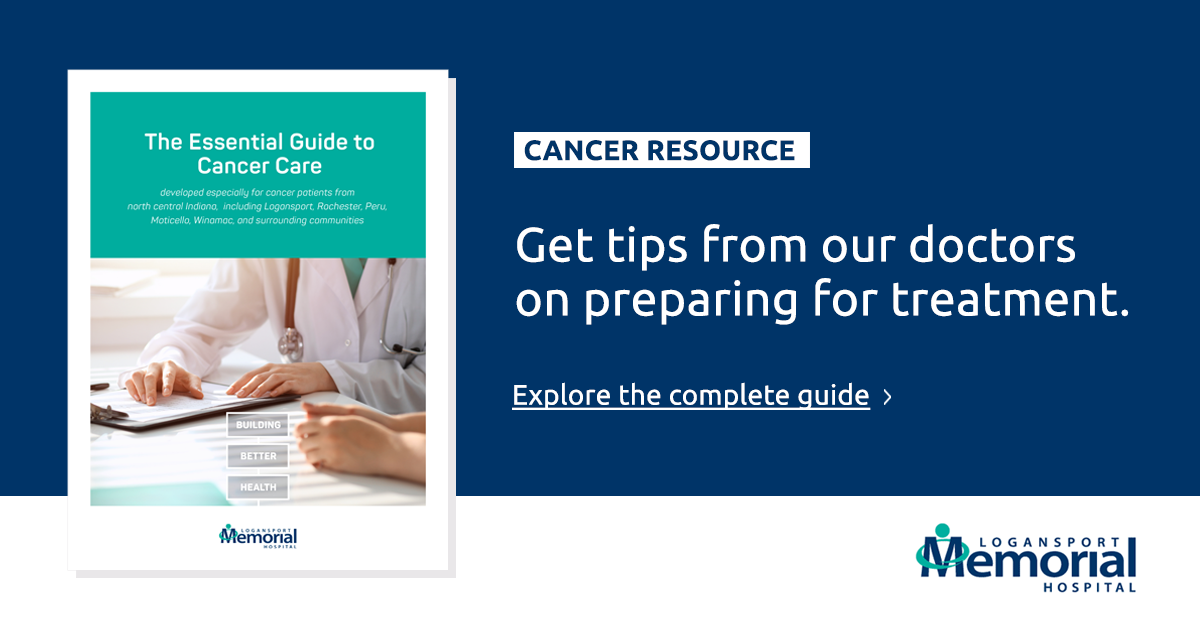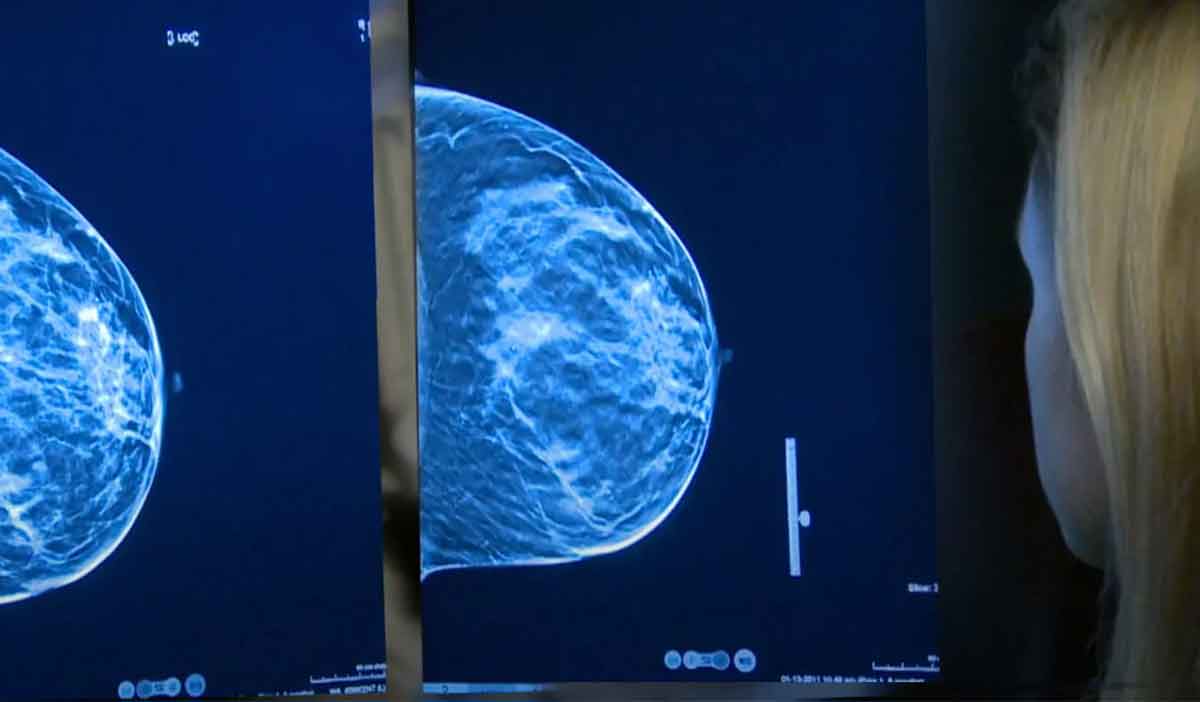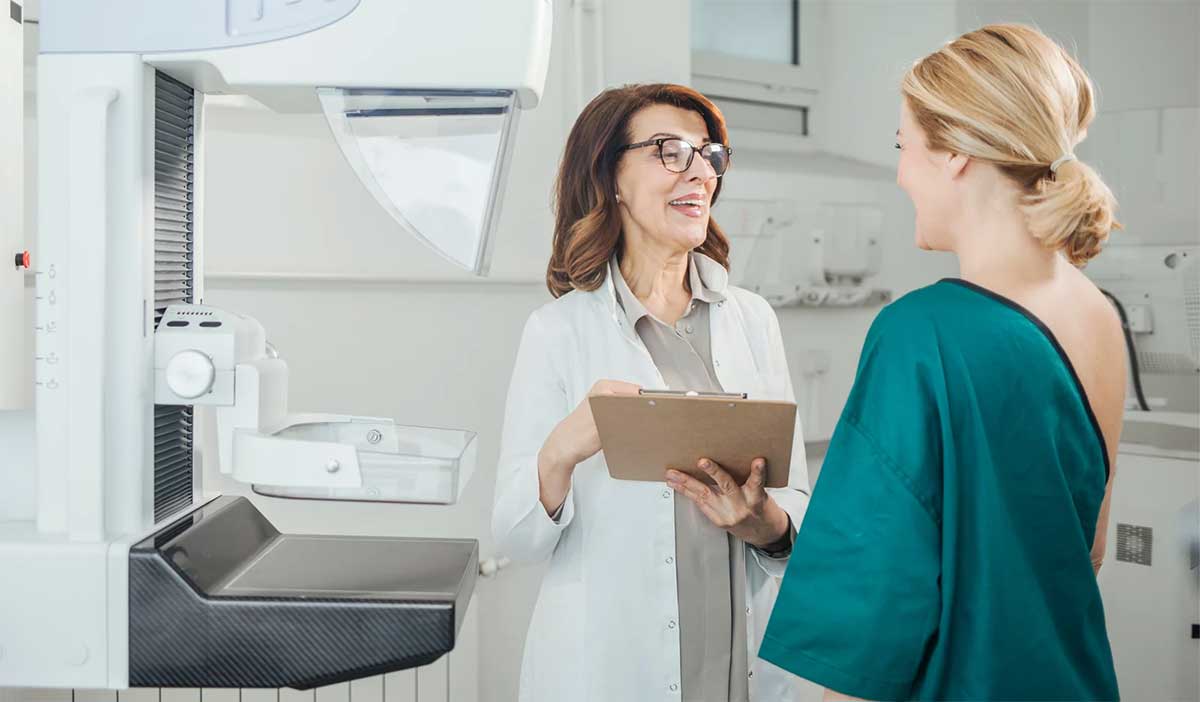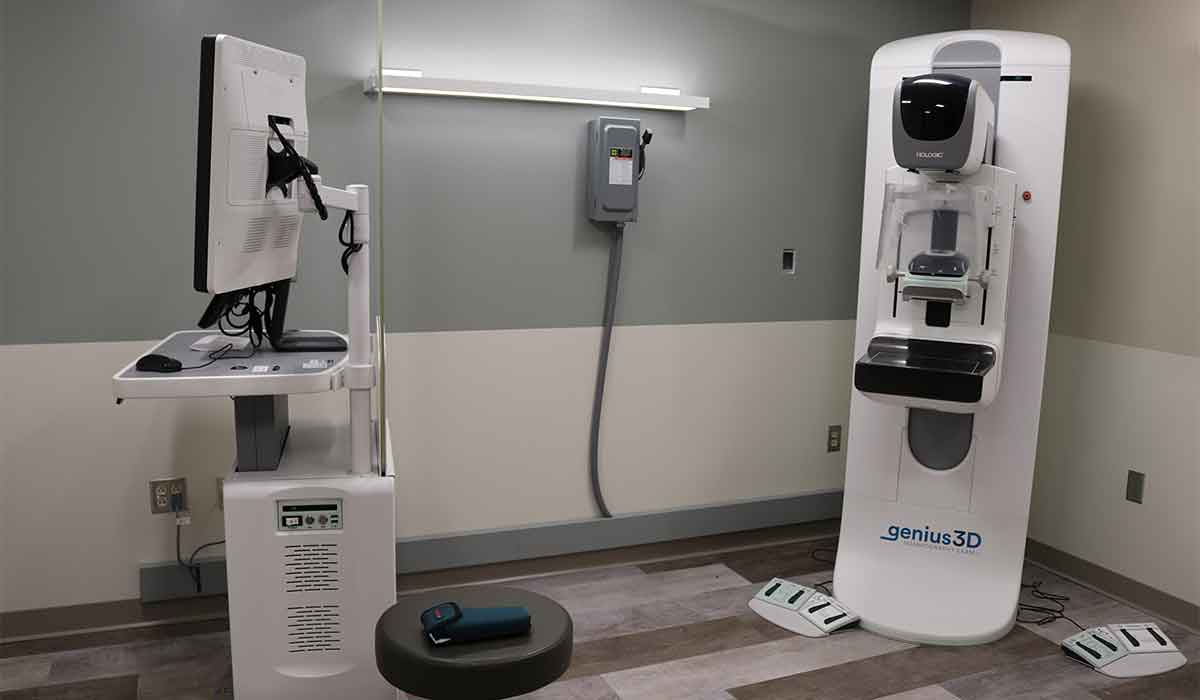A mammogram is a simple x-ray of the breast that is used to find abnormalities in breast tissue. Doctors also compare one year’s mammogram to previous tool at finding breast cancer.
Finding breast cancer early reduces your risk of dying from the disease by 25% or more. What else should you know about mammograms?
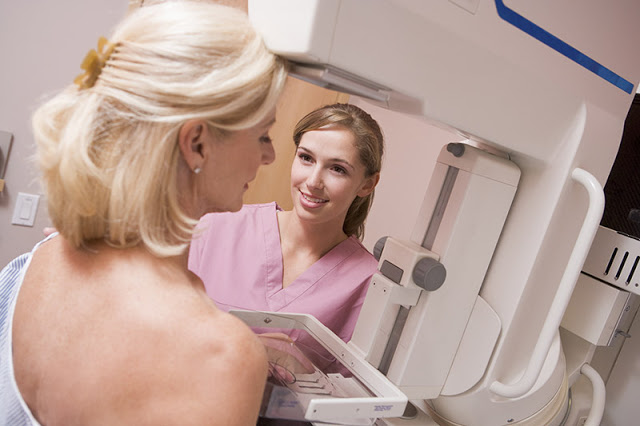
Top four things you should know about mammograms
- Mammograms are fast and safe.
A mammogram typically takes 20 minutes – that includes the time to dress and undress. The x-ray uses very low doses of radiation so there’s no need to be concerned about exposure. Most women report little discomfort during the mammogram and then only briefly if reported. - Access to past results is important.
The ability to compare mammograms from year to year is important. If you’ve moved, be sure to bring past mammogram results with you or have the number of your previous mammogram facility handy so the new center can contact them for films. Once you find a facility you like, stay with them so the mammogram comparison from year to year is easy. - Prepare that morning.
Wear a two-piece outfit on the day of the mammogram. You only need to remove your top and bra for the test. Also remember not to apply antiperspirant deodorant, lotion of perfumes on the day of your mammogram as they can interfere with test results. - A call back for more tests does not always mean you have breast cancer.
No breast cancer diagnostic test is perfect. According to the American Cancer Society, approximately 10% of women who have a mammogram require additional testing. Less than 10% of those women need a biopsy and about 80% of those biopsies are not cancerous. Any women would worry when asked to come back for more testing, but try to stay positive since odds are in your favor for good outcomes.
The American Cancer Society recommends:
- Women ages 40 to 44 should have the choice to start annual breast cancer screening with mammograms (x-rays of the breast) if they wish to do so.
- Women age 45 to 54 should get mammograms every year.
- Women 55 and older should switch to mammograms every 2 years, or can continue yearly screening.
- Screening should continue as long as a women is in good health and is expected to live 10 more years or longer.
Knowing what to expect can help make the procedure a little easier. Check out their infographic “7 Things to Know About Getting a Mammogram.”
The Breast Center at Logansport Memorial Hospital provides mammograms and breast care to women throughout North Central Indiana. Our Breast Center gives women one stop for screening, diagnosis and treatment.
From scheduling to education, our staff is focused on providing the best individualized care. All care is directed by board-certified physicians.
